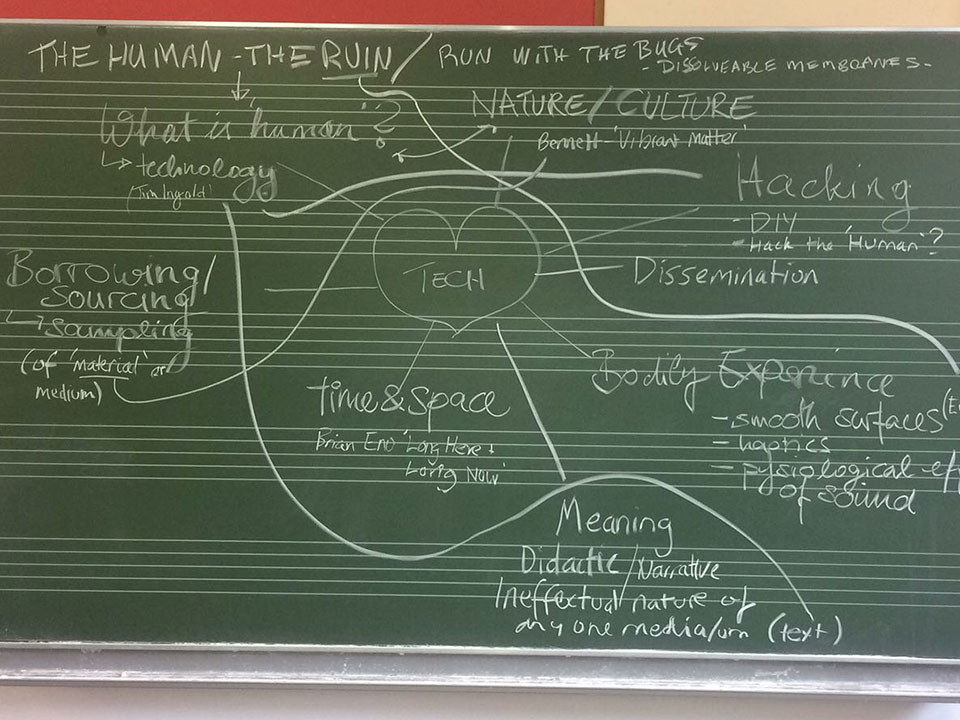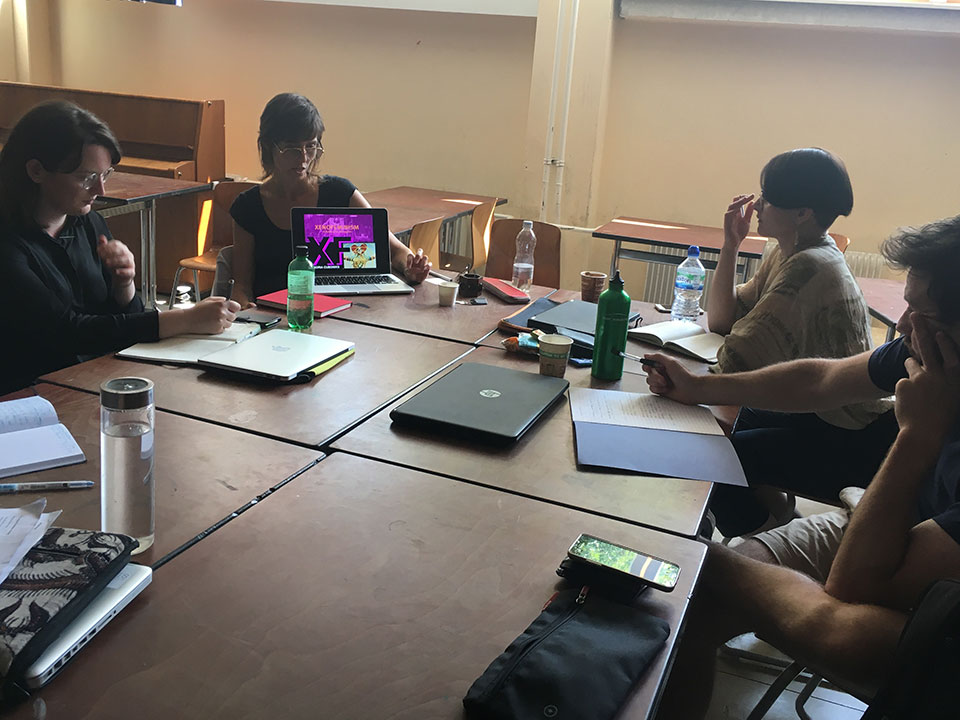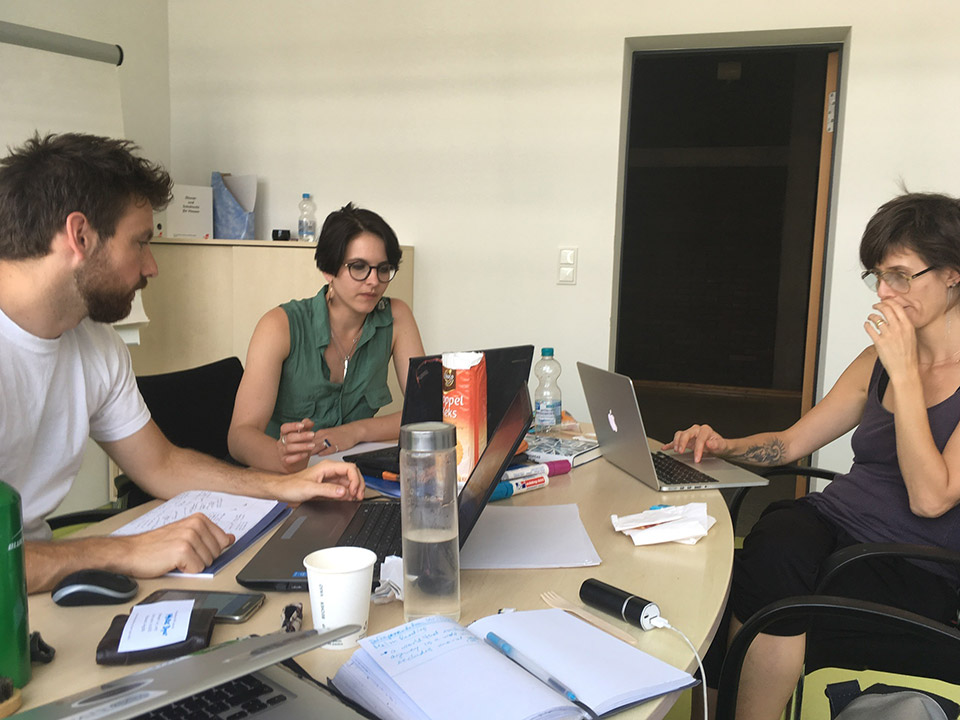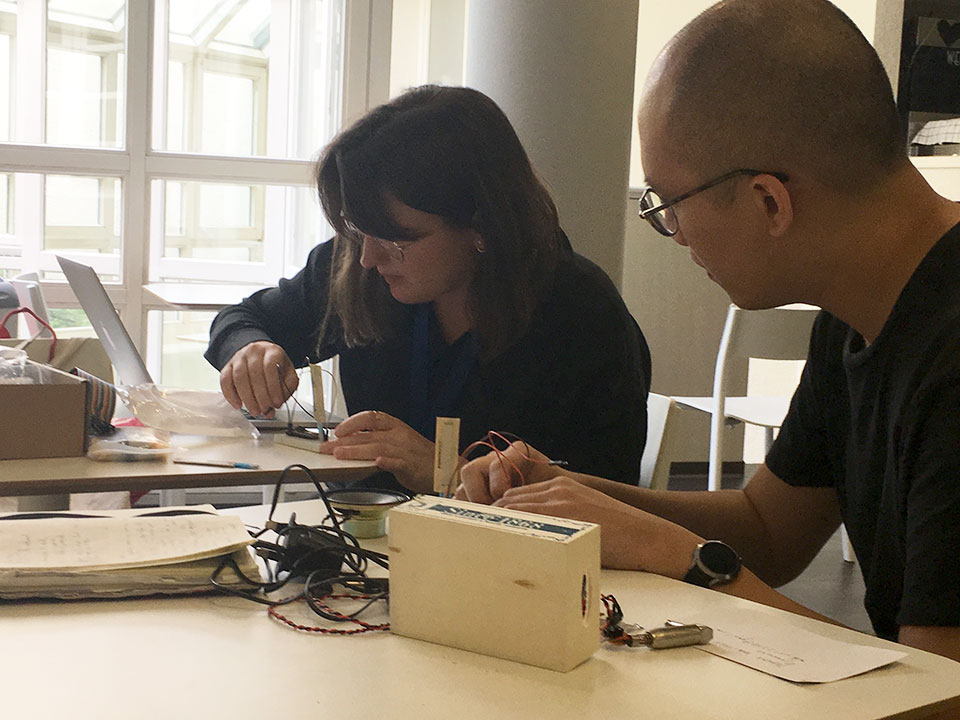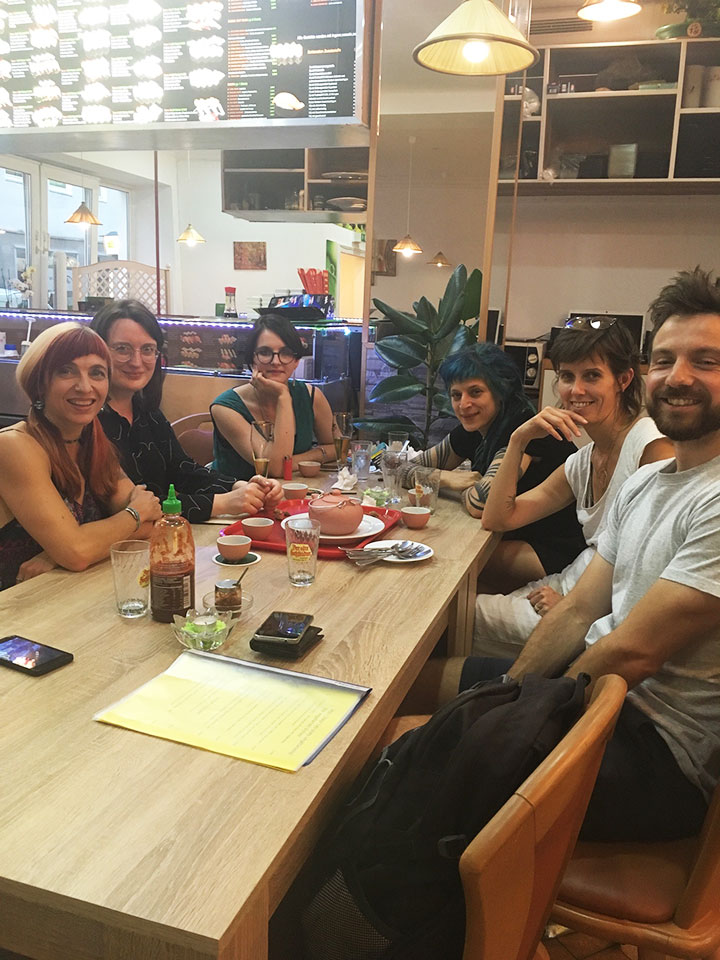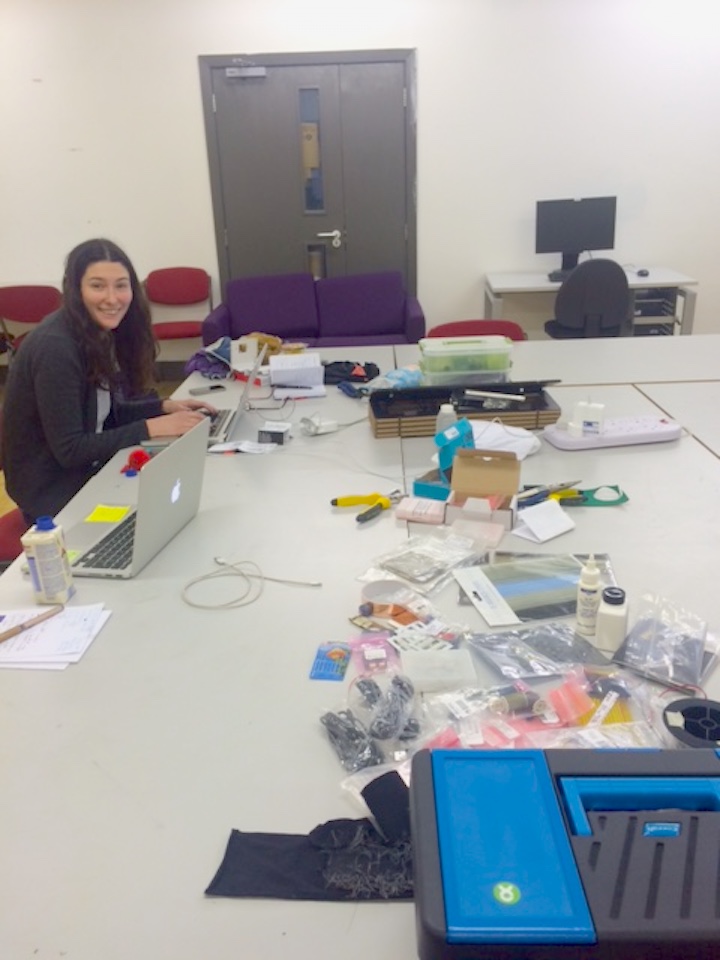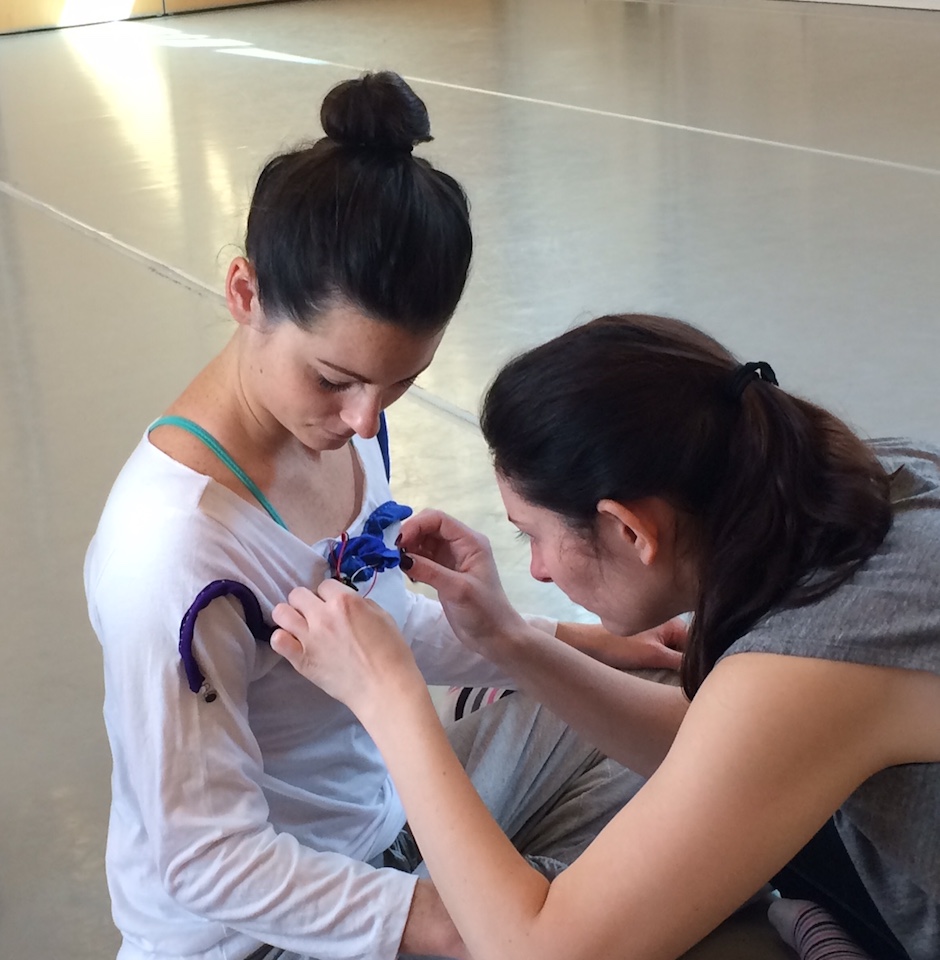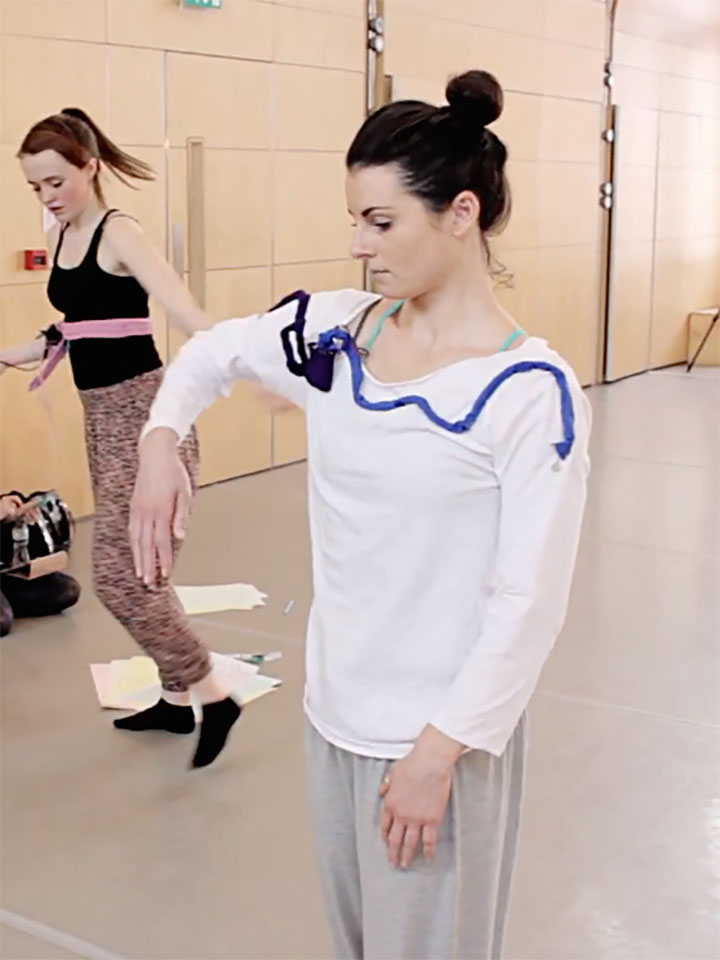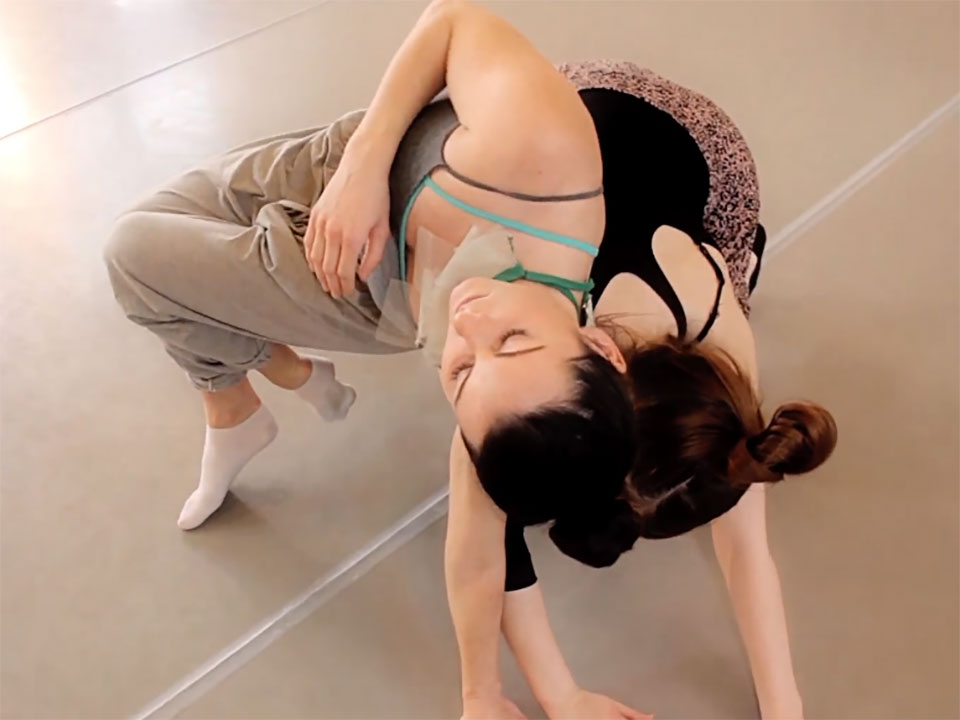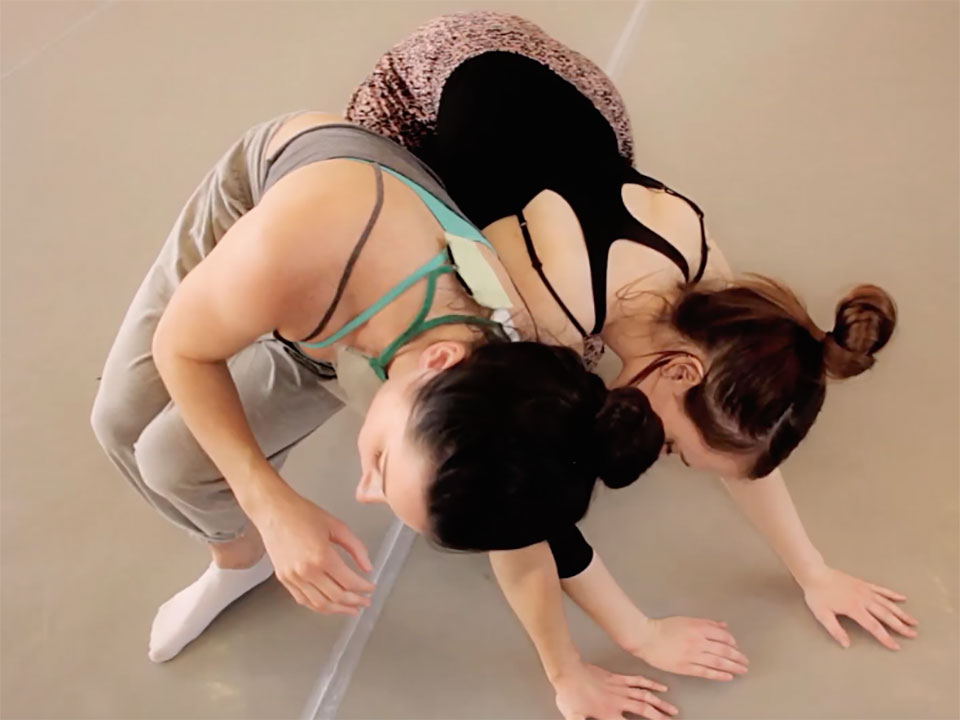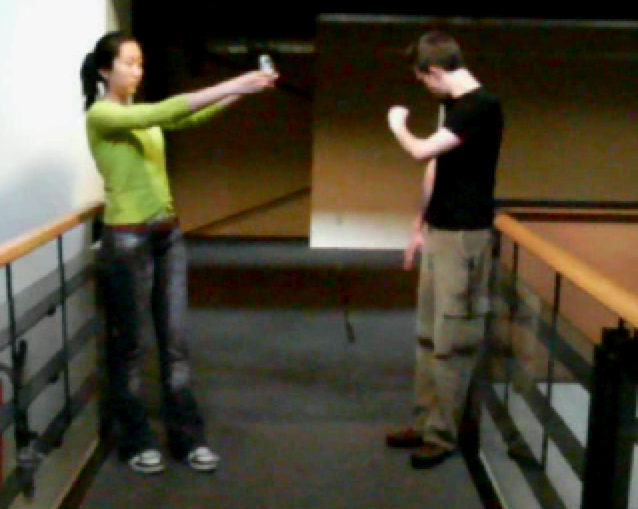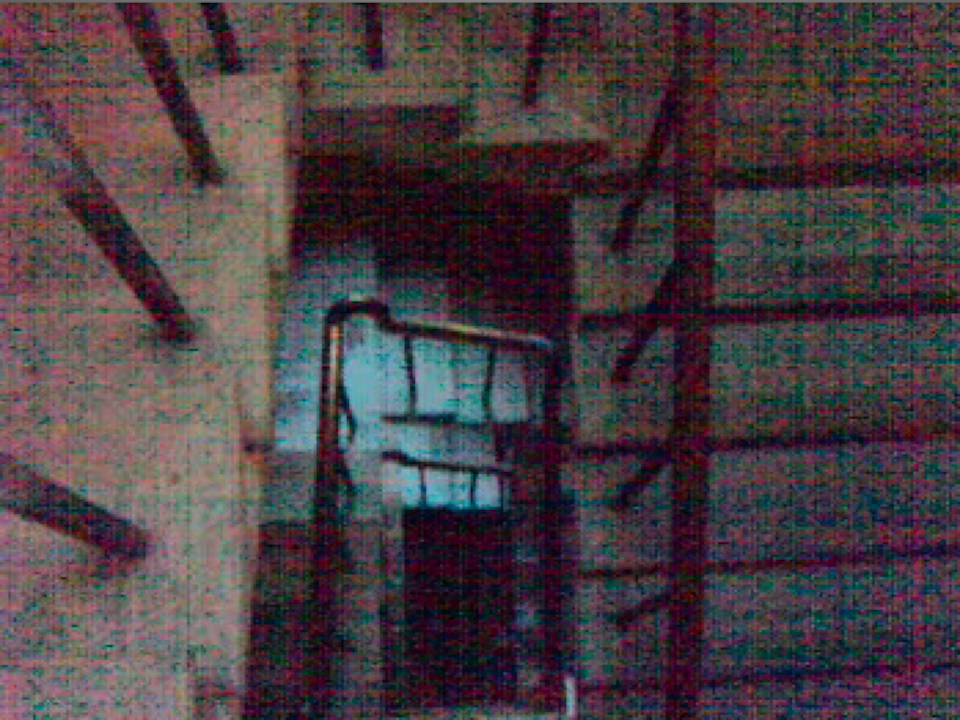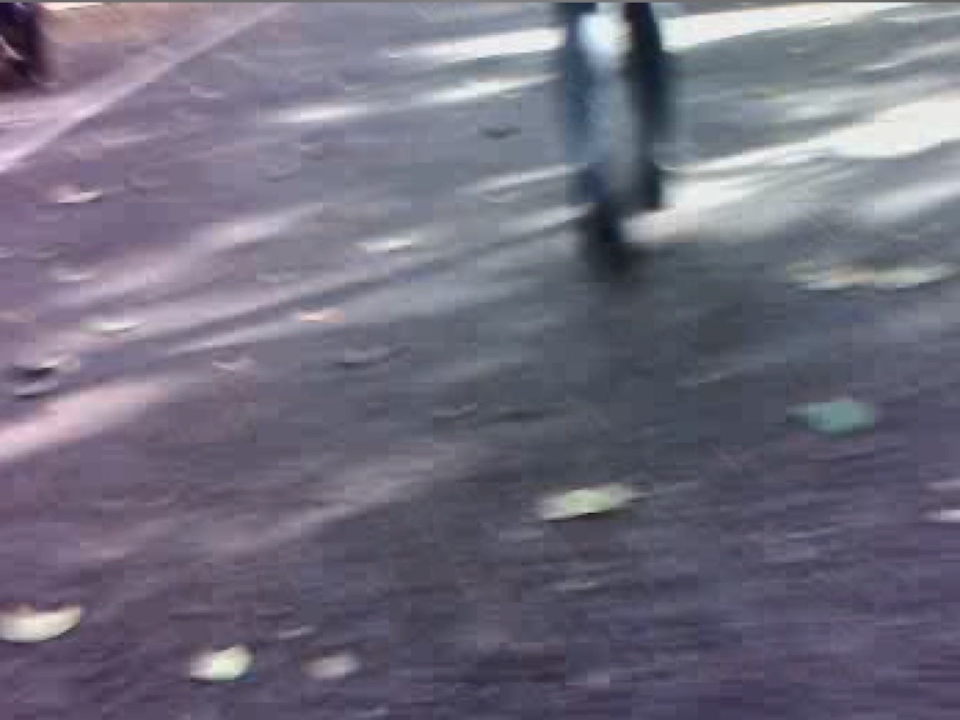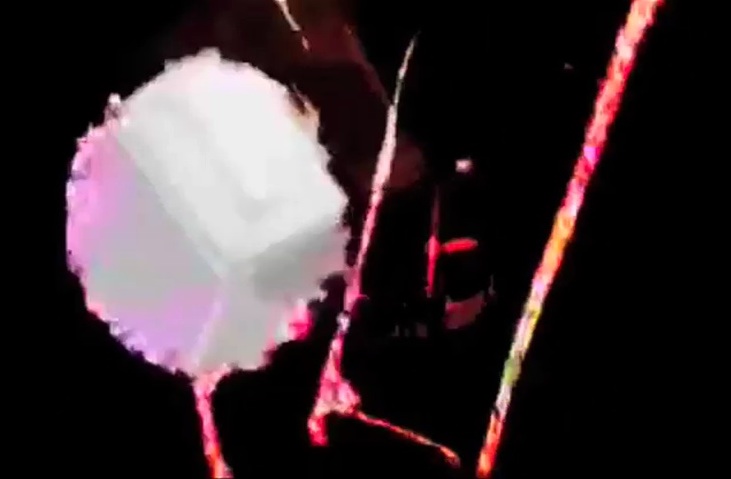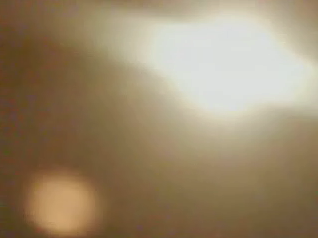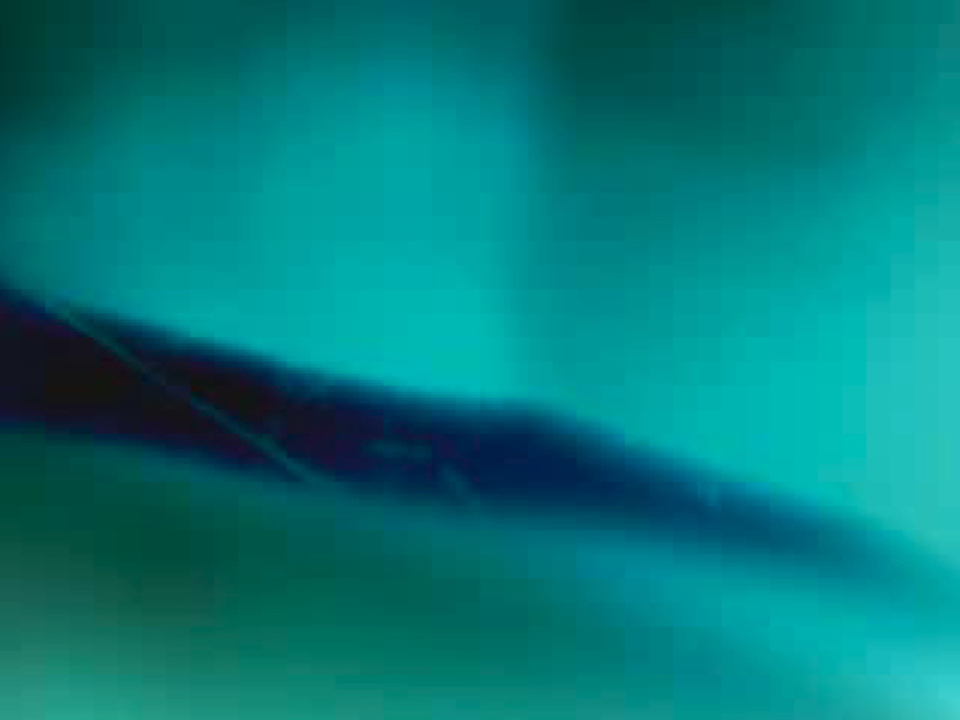> Sensory Spaces: Academic–SME Fellowship Collaboration
StoryFutures AHRC Creative Cluster
Sensory Spaces is a fellowship collaboration for the StoryFutures AHRC Creative Cluster, part of UCA’s (University for the Creative Arts) participation in the larger consortium.
> Videos
Walk-through of new Valkryrie Industries VR sculpting tool called Valkryrie Argil, developed through the Sensory Spaces project and to be used with their VR Glove
> Timeline
May 2020- October 2020
> Collaborators
- Dr Ivan Isakov – Innovator / Fellow
- Dr Birgitta Hosea – Academic Collaborator
- Dr. Camille Baker – Academic Collaborator
> Abstract
Sensory Spaces fellowship collaboration for the StoryFutures AHRC Creative Cluster, is part of UCA’s participation in the larger consortium. I am participating as an academic fellow on the Future of Storytelling scheme, alongside UCA colleague Dr Birgitta Hosea, in collaboration with CTO and co-founder of Valkyrie Industries, Dr Ivan Isakov.
The project involves research on haptic and sensory experience and the further development of a toolkit for sculpting in virtual reality using haptic gloves by the team.
> Partners
- StoryFutures Creative Cluster / Royal Holloway University
- UCA / University For The Creative Arts
- Valkyrie Industries
> Budget / Funding
- £5,000 via the StoryFutures project, lead by Royal Holloway University.
> Outcomes / Impact
A haptic VR sculpting tool Valkyrie Argyl, which enables non-experts accessible entry into 3D modelling and 3D animation creation. Ideally, the software will with with the Haptic Gloves in VR.
The project will be showcased at the Beyond Conference on November 30th. 2020
The project is also leading to a further collaborative consortium research project led by Baker, with Hosea and Isakov and many other SME’s, academics and freelancers involved. The concept is to develop a Texture Mapping Library for Haptics in VR, with implications for the Fashion, Robotics and Telemedicine industries.

